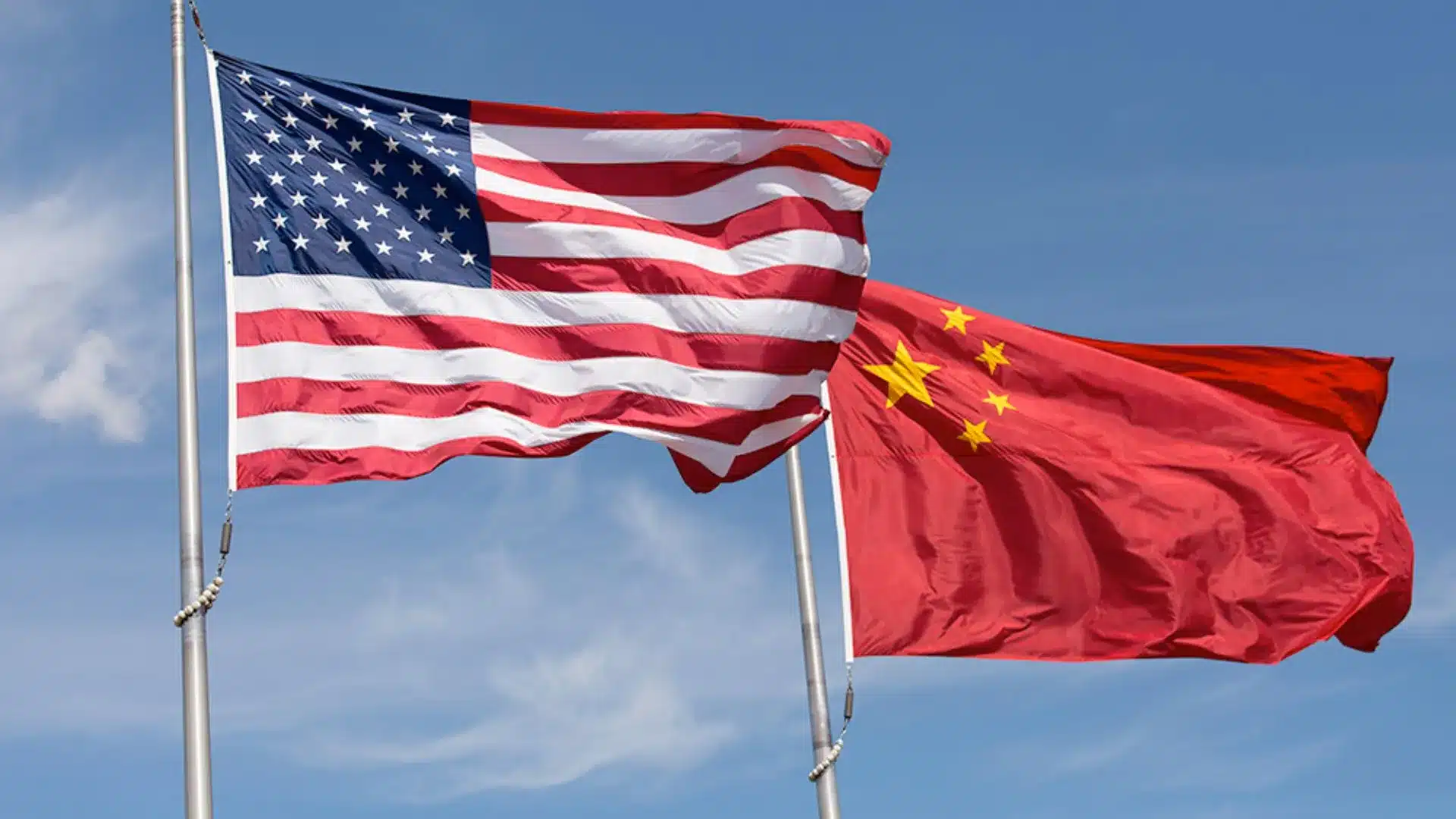Escalating Trade Tensions: US and China Clash

The ongoing trade war between the United States and China has intensified, with both nations implementing new tariffs and countermeasures. The latest round of tariffs was initiated by President Donald Trump, who imposed a blanket 10% tariff on all Chinese imports. In response, China has targeted specific American goods with its own retaliatory measures. This tit-for-tat exchange is not a new phenomenon; it builds on a long-standing trade dispute that has seen tariffs imposed and threatened since 2018. As both countries navigate this complex landscape, the potential impacts on their economies and global trade remain uncertain.
China’s Retaliatory Tariffs on Fossil Fuels
In response to the US tariffs, China has announced its own import taxes on American fossil fuels. This includes a 10% tariff on coal and liquefied natural gas (LNG), and a 15% charge on crude oil. These measures mean that companies wishing to import fossil fuels from the US will face additional costs. China is the world’s largest importer of coal, but it primarily sources this from countries like Indonesia, Russia, and Australia. Although China has increased its imports of LNG from the US, these volumes still represent a small fraction of its overall fossil fuel trade. In 2023, US imports accounted for only 1.7% of China’s total crude oil purchases.
Trade economist Rebecca Harding notes that China can easily find alternative suppliers, particularly from Russia, which has been selling oil at discounted prices. On the other hand, the US, as the largest LNG exporter, has a diverse customer base, including the UK and the European Union. Therefore, while China’s tariffs may have some impact, they are unlikely to significantly disrupt the US fossil fuel market. The broader implications of these tariffs will depend on how both countries adjust their trade strategies in the coming months.
Impact on Agricultural Machinery and Vehicles
China’s retaliatory measures also include a 10% tariff on agricultural machinery, pick-up trucks, and large cars from the US. However, the impact of these tariffs may be limited. China is not a major importer of American pick-up trucks, as it primarily sources vehicles from Europe and Japan. Consequently, the 10% tariff on these imports is unlikely to affect consumers significantly.
In recent years, China has focused on boosting its domestic agricultural production, investing in farm machinery to reduce reliance on foreign imports. This move aligns with its goal of enhancing food security. Julian Evans-Pritchard, head of China economics at Capital Economics, points out that the targeted goods represent only about $20 billion of China’s annual imports from the US, which is a small fraction compared to the over $450 billion worth of Chinese goods targeted by the US. This suggests that China’s tariffs are more of a strategic response aimed at sending a message rather than a substantial economic blow.
Non-Tariff Measures: Google and the Unreliable Entities List
In addition to tariffs, China has implemented non-tariff measures, including an anti-monopoly investigation into Google. The specifics of this investigation remain unclear, but it highlights the ongoing tensions between the two nations in the tech sector. Google has been blocked in China since 2010, and while it maintains a presence through partnerships with local developers, the country only accounts for about 1% of its global sales. Thus, a complete withdrawal from the Chinese market would not significantly harm Google’s overall business.
Moreover, China has added PVH Corp., the parent company of Calvin Klein and Tommy Hilfiger, to its “unreliable entity” list. This designation could lead to sanctions, fines, and increased scrutiny of their operations in China. The US has a similar entity list that restricts certain organizations from purchasing products from American companies without government approval. This reciprocal action underscores the escalating tensions and the potential for further decoupling between the two economies.
Export Controls on Rare Metals
China has also imposed export controls on 25 rare metals, which are crucial for various industries, including electronics and military equipment. These metals, such as tungsten, are essential components in many high-tech products. China dominates the global market, producing nearly 90% of the refined output of these metals. While these export controls may disrupt supply chains, it is noteworthy that the critical metals China imports from the US, used in semiconductor manufacturing and aerospace, were not included in the restrictions.
The implications of these export controls could be significant, as companies may face delays in obtaining licenses to export these metals. This could lead to a sharp decline in exports, affecting industries reliant on these materials. In response, the US has indicated plans to secure alternative sources of rare earth metals, including potential agreements with Ukraine. As both nations continue to navigate this complex trade landscape, the long-term effects on their economies and global supply chains remain to be seen.
Observer Voice is the one stop site for National, International news, Sports, Editor’s Choice, Art/culture contents, Quotes and much more. We also cover historical contents. Historical contents includes World History, Indian History, and what happened today. The website also covers Entertainment across the India and World.

